70 Healthy White Food List Which Are Naturally Delicious
When it comes to nutritional value and promoting good health, the color of our food plays a significant role. While food items of different colors have unique health benefits, white-colored foods often get a bad rap. However, a white food list reveals that many are delicious and packed with essential nutrients.
White rice, a staple food in many regions, including Southeast Asia and South America, might be overshadowed by its counterpart, brown rice, due to its whole grain benefits. Yet, white rice remains a beloved ingredient in dishes across the United States.
White bread, often made from wheat flour, is another essential in many households, though those conscious of weight gain often opt for versions made from whole grains.
White beans and garbanzo beans, hailing from the legume family, are excellent protein sources. With their mild flavor, they’re versatile and can be added to a variety of dishes. White asparagus and white radish are white vegetable gems rich in vitamin C.
The former is a staple in North America, while the latter enjoys popularity in Central Asia. Even the white eggplant, with its unique white flesh beneath green leaves, offers a sweet flavor and is a good source of fiber.
Speaking of vitamins, white mushrooms are a powerhouse of B vitamins, and they, along with white onions, bolster our immune system. White potatoes, a root vegetable loved globally, are a rich source of vitamin B. Moving to the sweeter side, white nectarines offer a burst of fresh fruit essence with a sweet taste, not to mention their vitamin C content.
And while white sugar might not be the best for regulating blood sugar levels, it certainly adds a sweet flavor to our treats.
For those with a penchant for dairy, the variety is vast. Greek yogurt is a healthier alternative to regular yogurt due to its higher protein content. The creamy texture of cottage cheese makes it a popular choice and a great source of protein. White cheeses, often nutty, are excellent in salad dressings, especially when blended with olive oil.
Among the list of healthy white foods, white fish stands out as an excellent option for heart health, thanks to its essential amino acids and fatty acids. In contrast, soy milk, rich in vitamin E, is an ideal choice. And let’s not forget about white tea, a beverage that can aid in weight loss and heart health.
However, not all white foods are for the health-conscious. Vanilla ice cream, with its sweet flavor, is a favorite dessert, but it’s best enjoyed in moderation, just like white wine. While white pasta, made primarily from white flour, might be delectable, its nutritional value pales compared to whole-grain options. The same goes for white corn, though it remains a beloved staple in many parts of North America.
Interestingly, there are even white strawberries. While not as common as their red counterparts, they offer a unique taste experience. The beauty of white foods extends to fruits like white-fleshed lychees, native to Southeast Asia, and the earthy flavor of cashew nuts.
White color in food isn’t just about the hue; it’s a testament to the vast range of flavors and nutrients they bring to our plate. Whether dressing a salad with sour cream or spicing up a dish with a sprinkle of chili powder, incorporating white foods is a great way to ensure a balanced diet.
From the essential nutrients in coconut milk to the cholesterol level regulating properties of cruciferous vegetables, and from the vitamin D in egg whites to the vitamin K in green leafy salads, white foods are undeniably a vital part of a healthy diet.
So, the next time you come across a white vegetable or fruit, remember its nutritional value and relish its diverse flavors.
70 Healthy White Food List
1. ✅ Cauliflower: A cruciferous vegetable packed with vitamins, minerals, and antioxidants.

2. ✅ Garlic: Boosts the immune system and has numerous health benefits.

3. ✅ Onions: Packed with antioxidants and can improve heart health.

4. ✅ Mushrooms: Various types, like white button, shiitake, or oyster, are filled with vitamins and minerals.

5. ✅ Turnips: These are a good source of vitamin C.

6. ✅ Parsnips: High in fiber and antioxidants.

7. ✅ Jicama: This is a root vegetable high in vitamin C and fiber.

8. ✅ Daikon Radish: Helps digestion and is a good source of vitamin C.

9. ✅ Kohlrabi: Rich in vitamin C and fiber.

10. ✅ White Beans: An excellent protein source and rich in dietary fiber.

11. ✅ White Currants: These are small, sweet berries with a translucent white color. They are rich in antioxidants, vitamin C, and dietary fiber.

12. ✅ Chickpeas: High in protein and several vital minerals.

12. ✅ Cannellini Beans: Packed with protein, fiber, and antioxidants.

13. ✅ White Fish (like Cod and halibut): Lean protein source, rich in essential fatty acids.

14. ✅ Chicken Breast: Lean protein, great for muscle building.

15. ✅ Tofu: A plant-based protein source and versatile food.
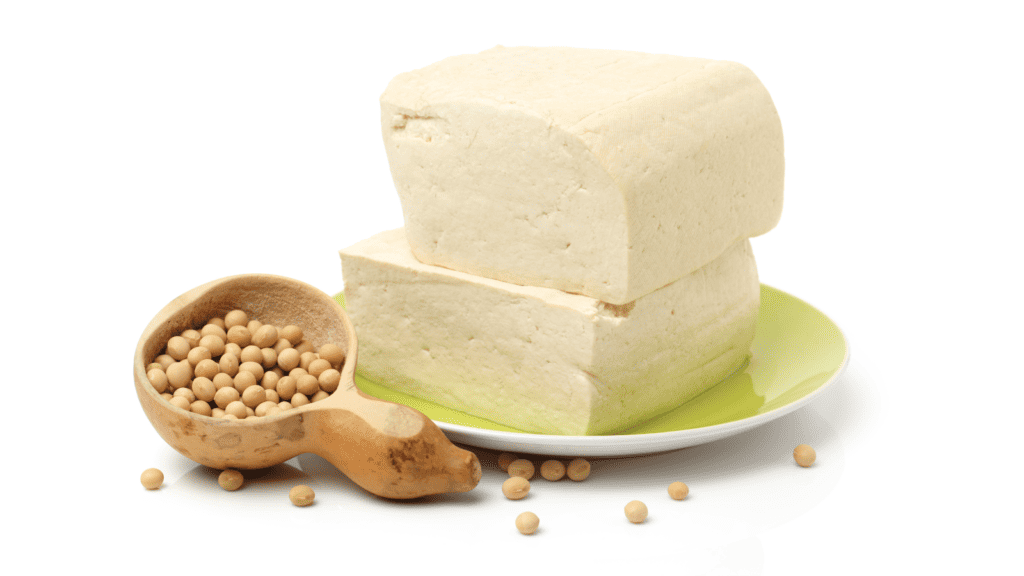
16. ✅ Coconut: Good for skin and hair, also a source of healthy fats.
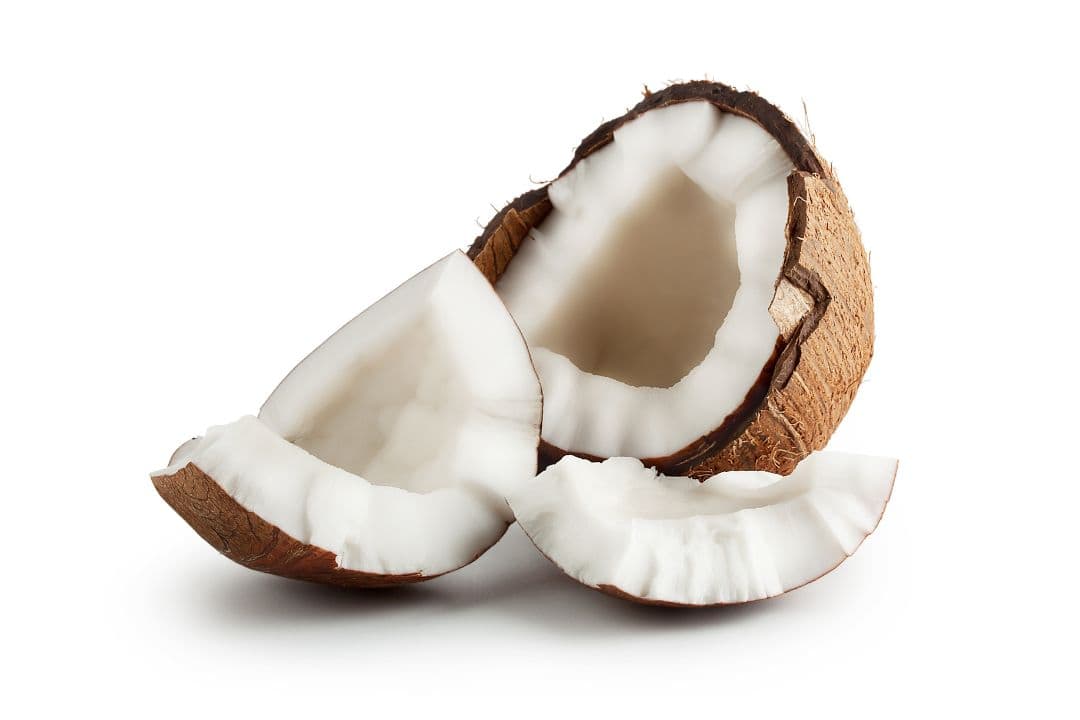
17. ✅ Greek Yogurt: High in protein and probiotics.
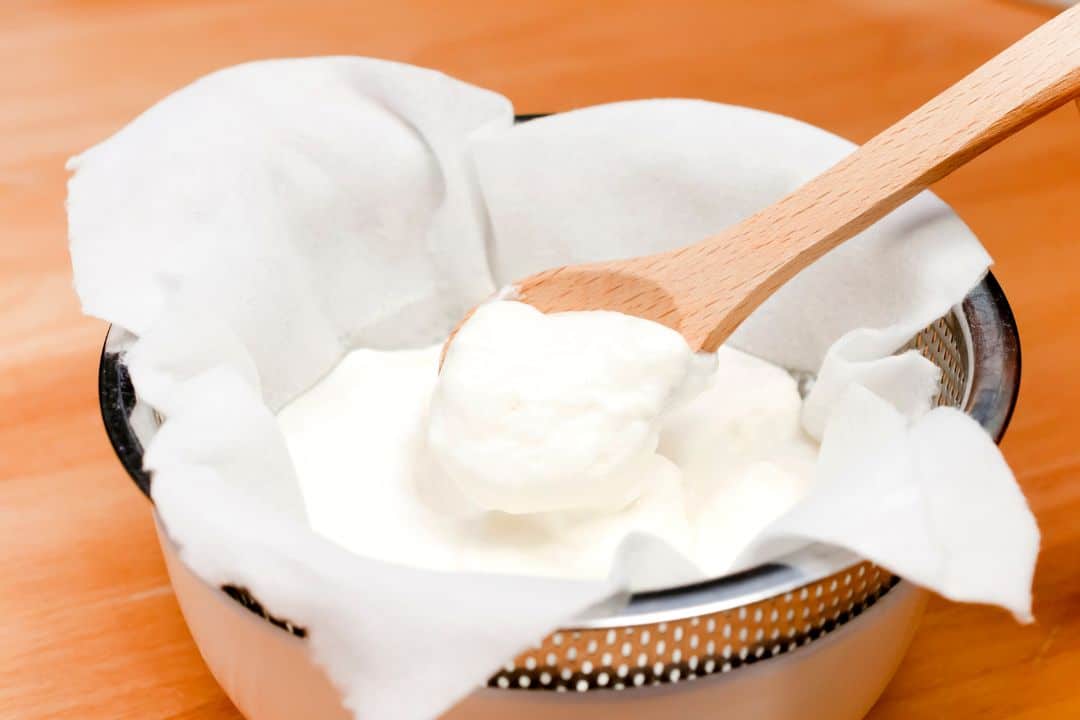
18. ✅ Cottage Cheese: A dairy product rich in protein and calcium.
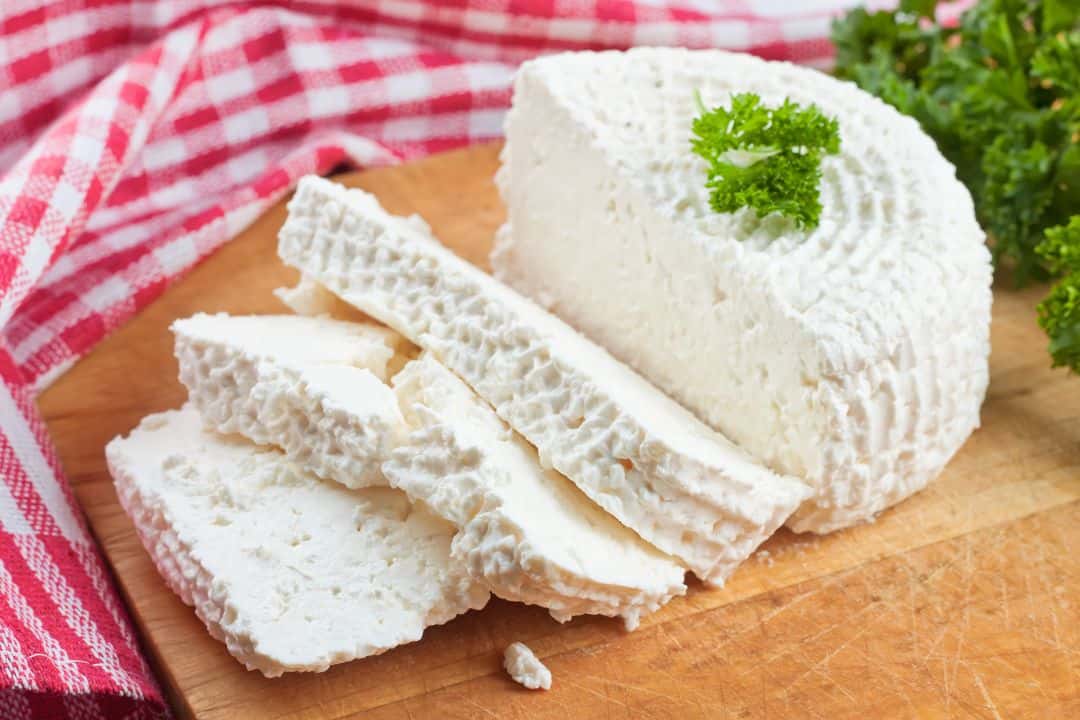
19. ✅ Milk: Calcium and vitamin D powerhouse.

20. ✅ Cheese (like Feta, Mozzarella, and Ricotta): Rich in calcium and other nutrients.
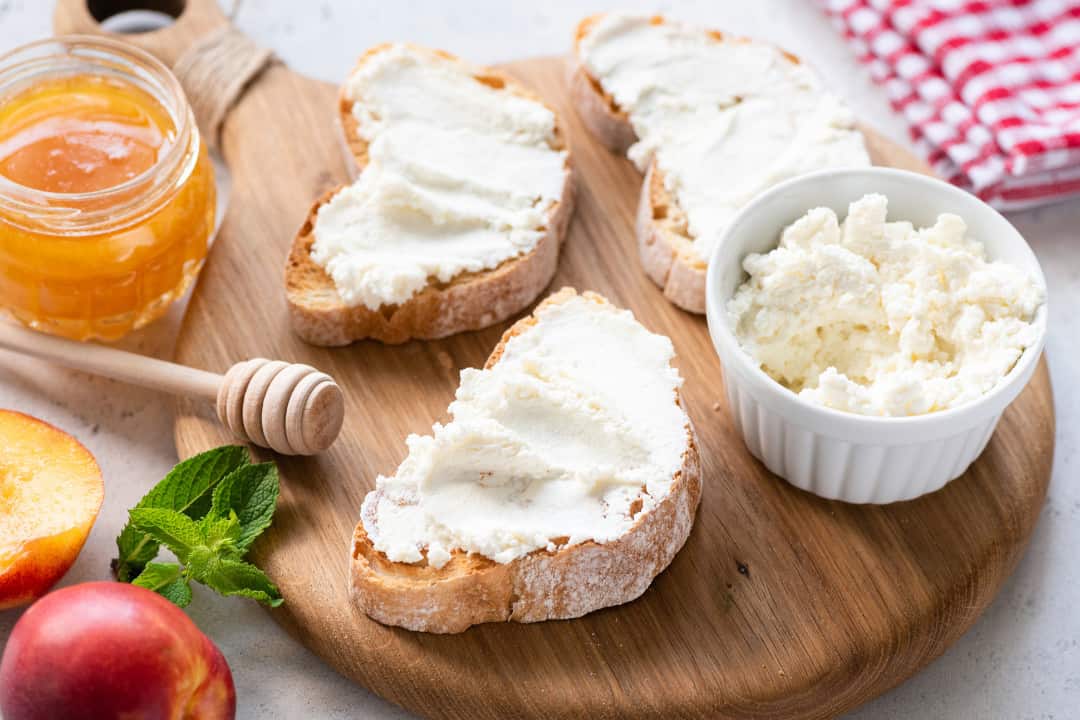
21. ✅ Egg Whites: High in protein and low in calories.

22. ✅ Bok Choy: Cruciferous vegetable rich in vitamins A, C, and K.

23. ✅ Endive: High in fiber and vitamins A and K.

24. ✅ Quinoa: Good protein, fiber, and minerals source.

25. ✅ Asparagus: Filled with vitamins, fiber, and antioxidants.
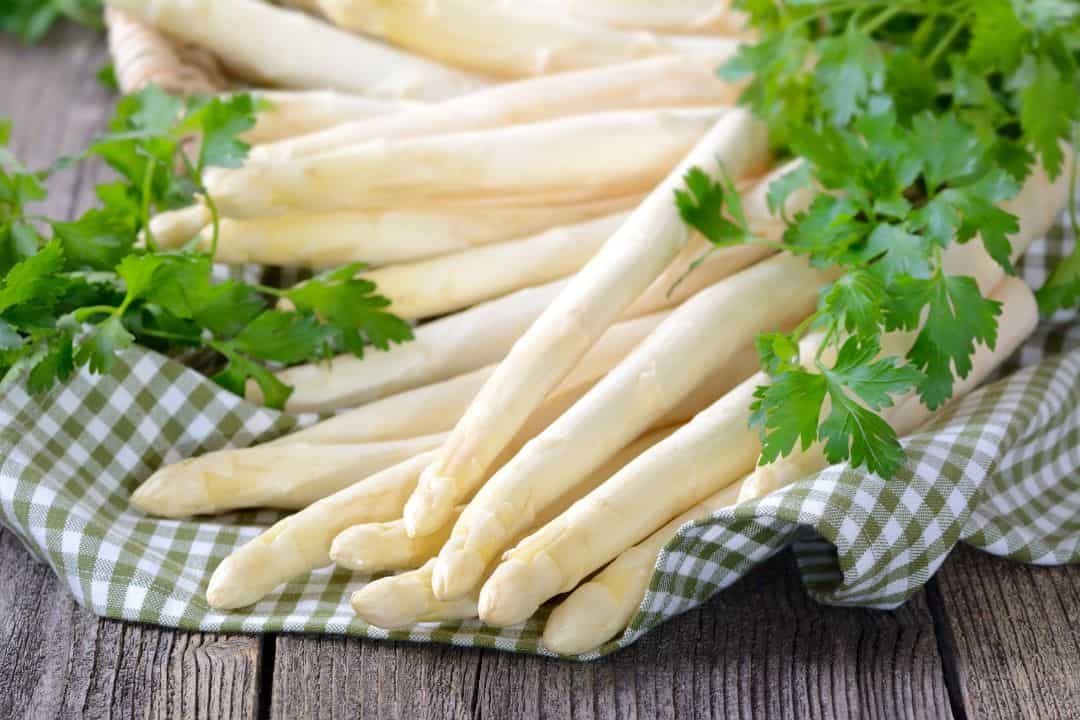
26. ✅ Chia Seeds: Fiber, protein, and omega-3s are loaded.

27. ✅ Grapes: Antioxidants like resveratrol promote heart health.

28. ✅ White Clams: Often used in seafood dishes, they’re a good source of protein and omega-3 fatty acids.

29. ✅ White Peaches: Vitamin-rich and sweet.

30. ✅ White Pears: Full of fiber and vitamin C.

31. ✅ Lychee: Vitamin C and other nutrients.

32. ✅ Corn: A fiber, protein, and B vitamin source.

33. ✅ Potatoes: Potassium-rich and versatile.

34. ✅ Sweet Potatoes: High in fiber, vitamins, and antioxidants.

35. ✅ Rice: Though less nutritious than brown rice, it is gluten-free and can be part of a balanced diet.

36. ✅ Cashews: Good for heart health and rich in protein and magnesium.
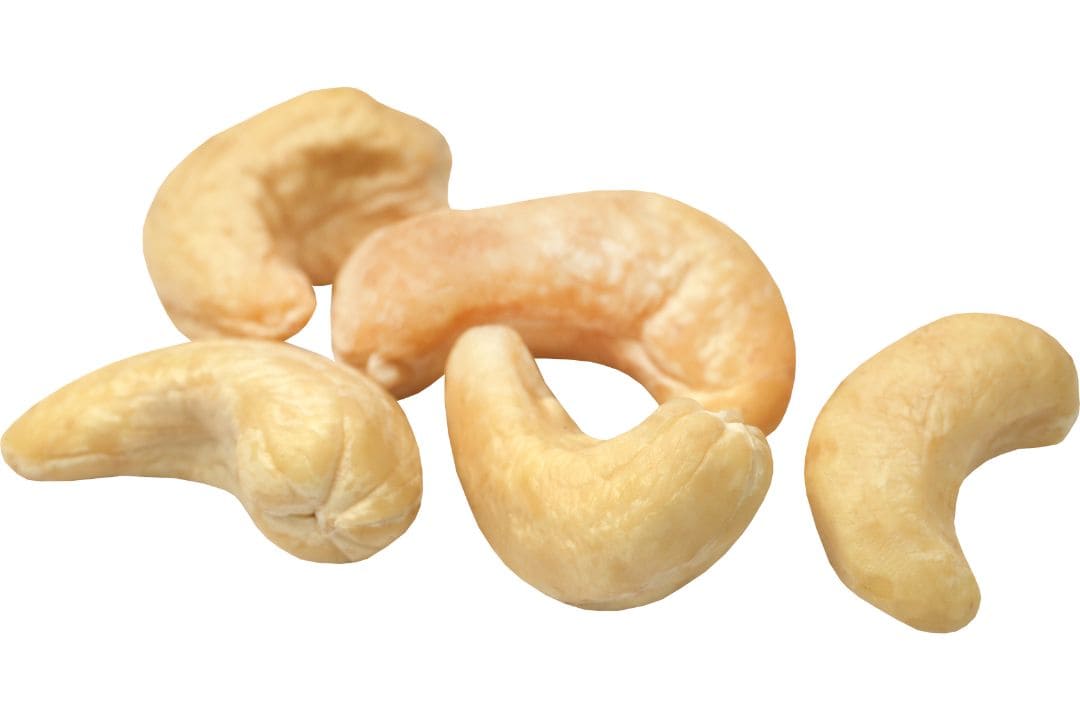
37. ✅ Macadamia Nuts: High in healthy fats.

38. ✅ Almonds (Blanched): High in protein, healthy fats, and vitamin E.

39. ✅ Panela Cheese: Panela cheese has a soft, crumbly texture, similar to fresh farmer’s cheese or Indian paneer.
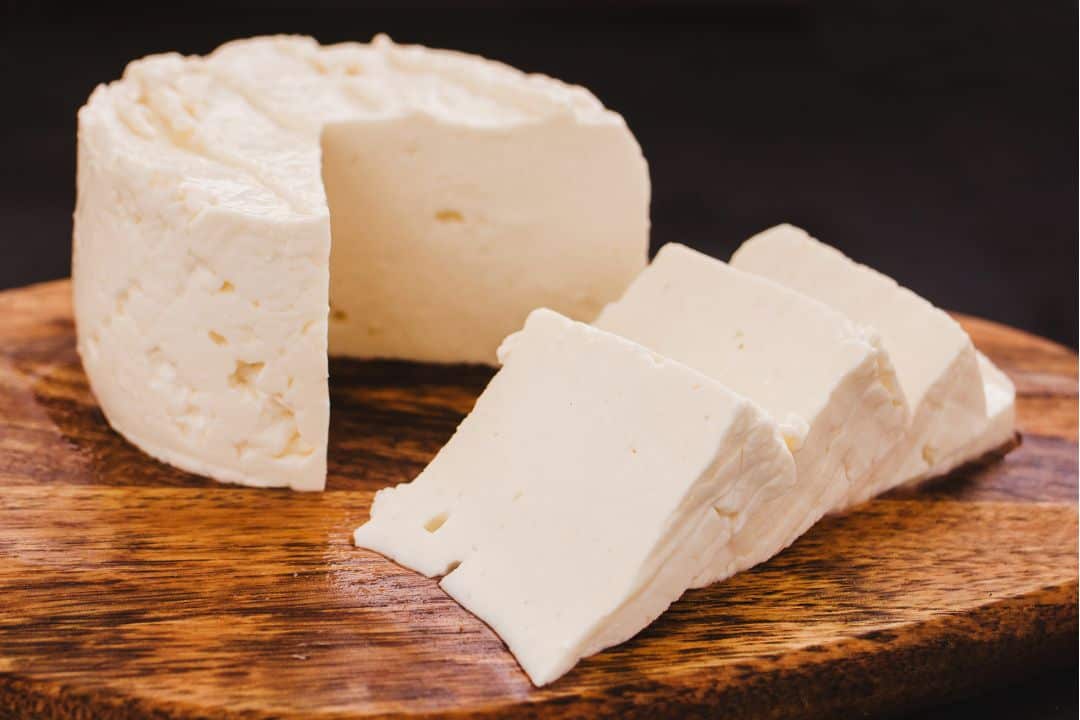
40. ✅ Brie Cheese: Soft cheese with calcium and protein.

41. ✅ Wine Vinegar: Can help improve digestion.
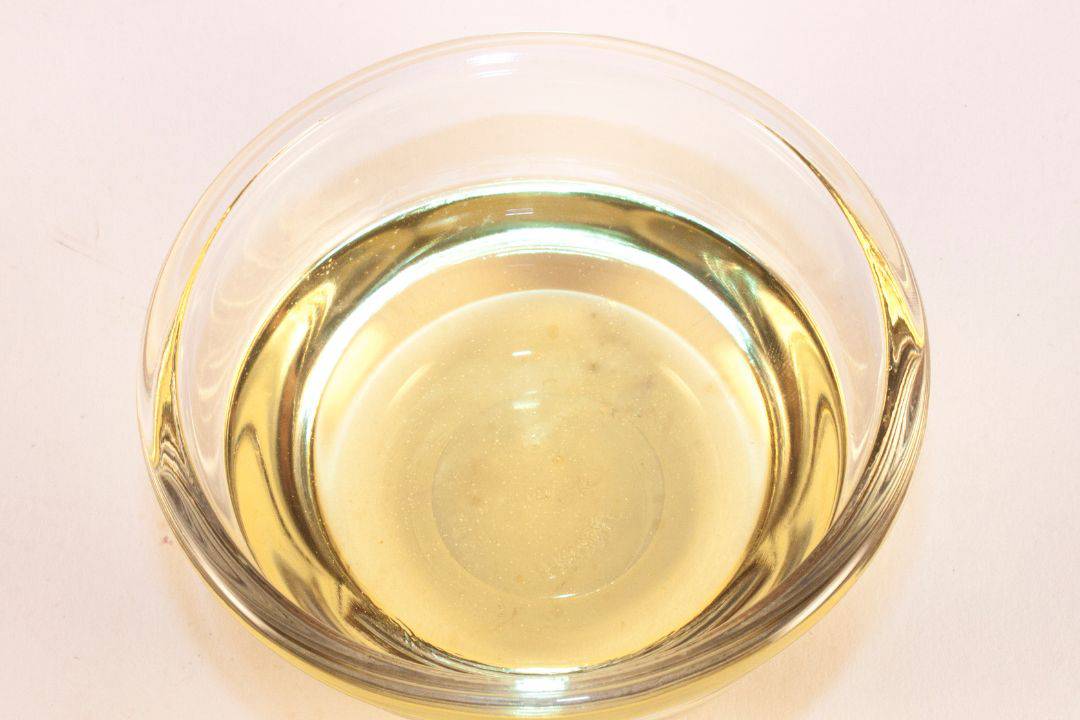
42. ✅ Miso: Contains essential nutrients and probiotics.

43. ✅ White Bread (whole grain): Choose whole grain for more nutrients and fiber.

44. ✅ Fungus: A type of mushroom often used in Asian cuisines, known for its crunchy texture.

45. ✅ Bamboo Shoots: Low in calories and high in fiber.

46. ✅ Fennel: Good for digestion and high in vitamin C.
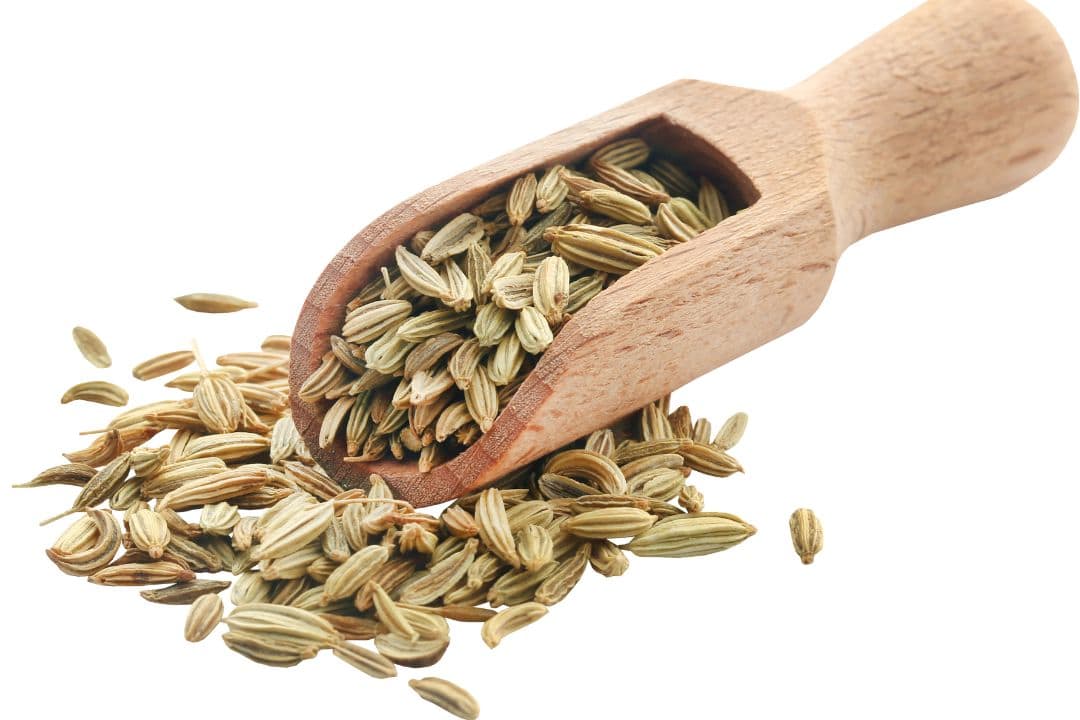
47. ✅ Poppy Seeds: Often used in baking and cooking.

48. ✅ Sesame Seeds: High in healthy fats and essential minerals.

49. ✅ Coconut Milk: Used in cooking and baking; offers healthy fats.

50. ✅ Coconut Water: Hydrating and filled with essential electrolytes.

51. ✅ Tempeh: Fermented soy product high in protein.

52. ✅ White Cabbage: Packed with vitamins C and K.
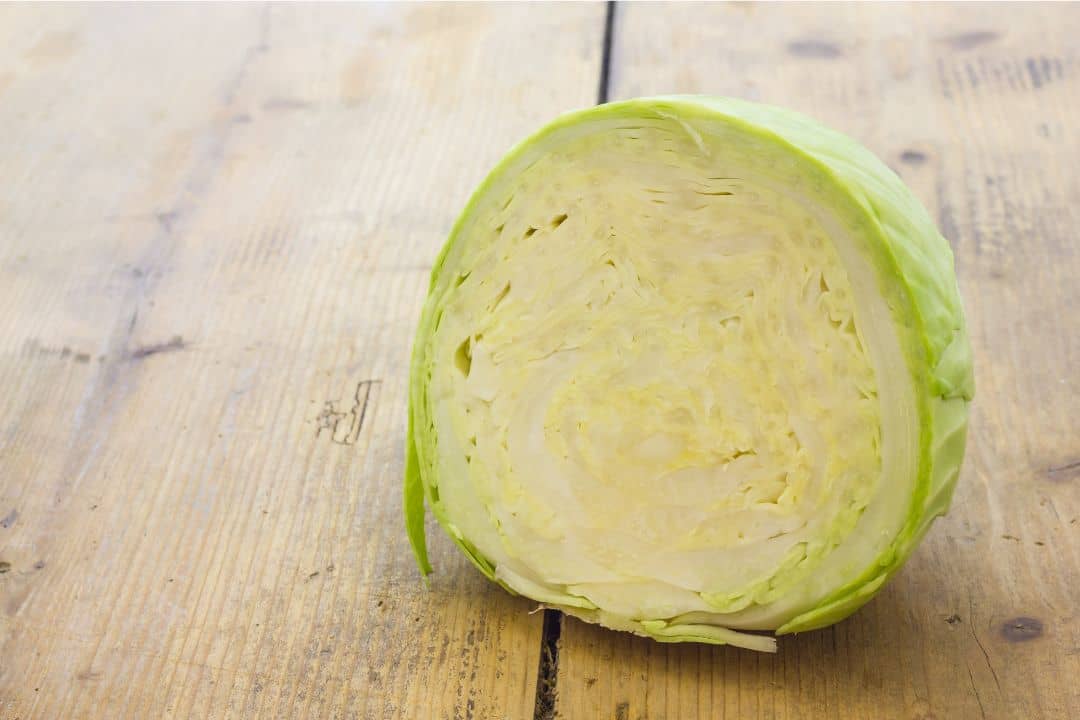
53. ✅ Anchovies: Often used in Mediterranean cuisine, they’re a good source of omega-3 fatty acids.

54. ✅ White Tea: Loaded with antioxidants and less caffeine than green tea.

55. ✅ Chocolate: Though it contains sugar, it also offers some health benefits when consumed in moderation.

56. ✅ Sauerkraut: Fermented cabbage high in probiotics.

57. ✅ Yams: A starchy tuber that’s a good source of fiber and potassium.

58. ✅ White Mulberries: Packed with vitamins, minerals, and antioxidants.

59. ✅ Vanilla Bean: Often used as a flavoring agent and has some antioxidant properties.

60. ✅ White Peppercorns: Used as a spice and offers some health benefits.

61. ✅ Guava: A tropical fruit rich in vitamin C and dietary fiber.
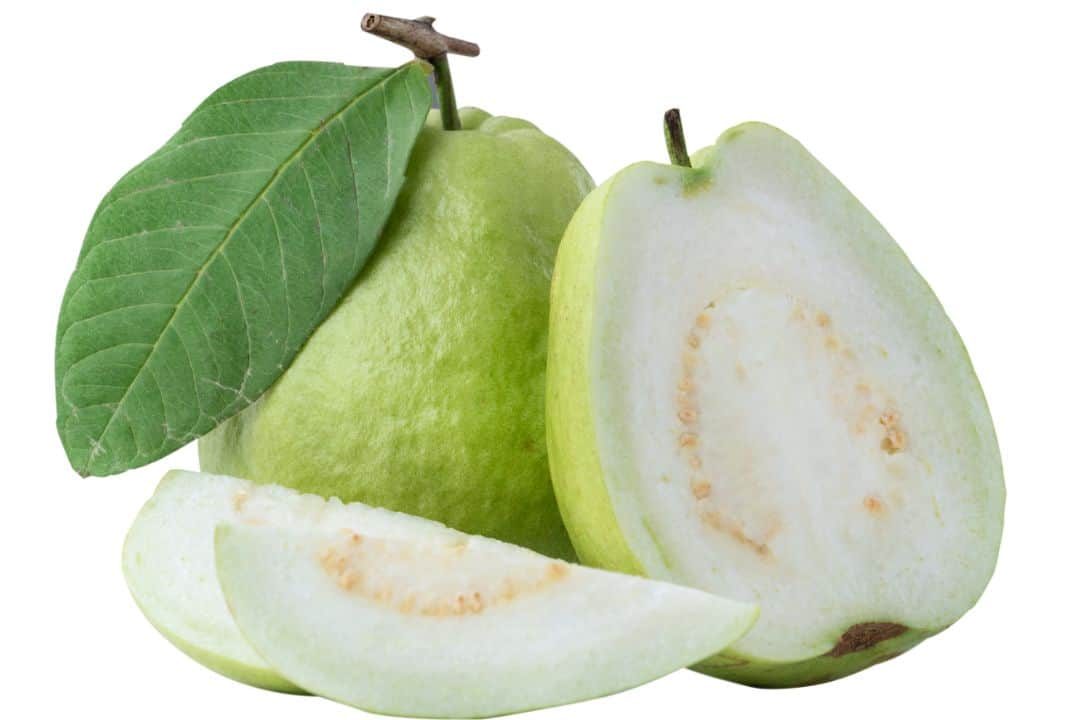
62. ✅ Pumpkin Seeds: Good for heart health and rich in magnesium.

63. ✅ White Cheddar Popcorn: A healthier snack option if air-popped.

64. ✅ Rice Cakes: Low-calorie snack.

65. ✅ Rice Milk: Alternative to dairy milk and often fortified.

66. ✅ Guava: A tropical fruit rich in vitamin C and dietary fiber.

67. ✅ Water Chestnuts: Crunchy aquatic vegetables commonly used in Asian dishes.
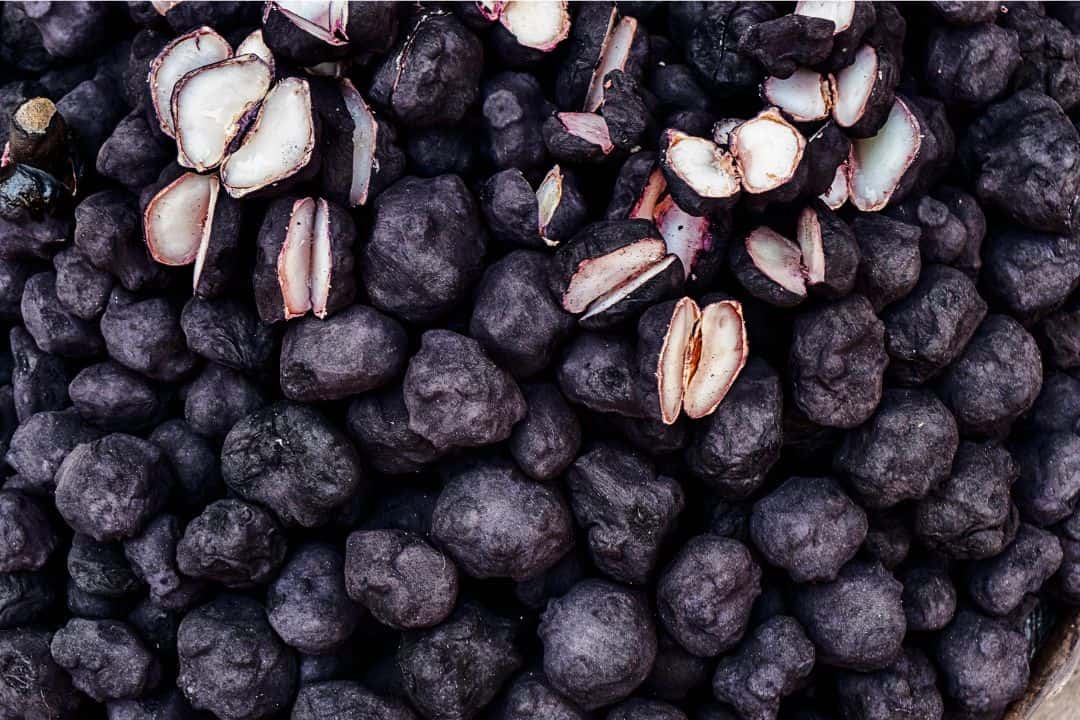
68. ✅ Velvet Bean (also known as Mucuna pruriens): Often used in traditional medicine and as a food source in some cultures.

69. ✅ Sapote: A creamy, sweet fruit sometimes called “custard apple” due to its texture.

70. ✅ Truffle: A highly prized and rare fungus known for its unique aroma and flavor, often used in gourmet dishes to impart a distinct taste.

The Nutritional Benefits of White Beans
White beans are a versatile and nutritious addition to any diet. Packed with protein, fiber, and essential minerals like iron and magnesium, these legumes offer many health benefits.
Protein Powerhouse
One of the standout features of white beans is their high protein content. Protein is an essential macronutrient in repairing tissues, building muscles, and supporting overall growth and development.
Incorporating white beans into your diet can provide a valuable plant-based protein source for vegetarians and meat-eaters.
Fiber-Rich Goodness
In addition to being rich in protein, white beans are an excellent dietary fiber source. Fiber is known for its ability to promote digestive health by aiding regular bowel movements and preventing constipation.
Moreover, it helps maintain healthy cholesterol levels by reducing the absorption of LDL cholesterol in the bloodstream.
Essential Minerals for Vitality
White beans contain an array of essential minerals that contribute to overall vitality. Iron is particularly abundant in these legumes and is vital in transporting oxygen throughout the body.
Magnesium is another mineral in white beans that supports bone health, muscle function, and energy production.
Heart-Healthy Choice
Incorporating white beans into your meals can be highly beneficial. These legumes offer a low-fat energy source while providing substantial nutrients supporting cardiovascular well-being.
Combining fiber, antioxidants, vitamins, and minerals in white beans promotes heart health by reducing inflammation and improving blood circulation.
Blood Sugar Regulation
For those looking to regulate blood sugar levels or manage diabetes effectively, including white beans in their diet can be advantageous. The high fiber content slows digestion and prevents rapid spikes in blood sugar levels.
This slow digestion process allows for better blood sugar control and helps maintain stable energy levels throughout the day.
Weight Management Support
White beans can also manage weight due to their high fiber and protein content. These nutrients provide a feeling of fullness, reducing the likelihood of overeating and promoting satiety.
The low-fat nature of white beans makes them an ideal food choice for those aiming to achieve or maintain a healthy weight.
Incorporating white beans into your diet can be as simple as adding them to soups, stews, salads, or even making homemade hummus with garbanzo beans.
With their impressive nutritional profile and numerous health benefits, it’s clear that white beans are a valuable addition to any well-rounded eating plan.
So why not try these versatile legumes and enjoy their delicious taste while nourishing your body?
Exploring the Versatility of White Asparagus
White asparagus, a delicate and tender vegetable with a subtle flavor, is often considered a culinary delicacy. Not only does it offer a unique taste experience, but it also boasts an impressive nutritional profile.
This white vegetable can be a valuable addition to your diet, loaded with vitamins A, C, E, and K, folate, and potassium. Let’s dive into the various cooking methods and explore the versatility of white asparagus.
Rich in Nutrients
White asparagus is not only visually appealing but also packs a punch. Its pale color may seem less vibrant than its green counterpart, but don’t let that fool you. This elegant vegetable contains essential vitamins that support overall health.
Vitamin A promotes good vision and healthy skin, while vitamin C boosts your immune system. Vitamin E acts as an antioxidant, protecting your cells from damage.
Vitamin K plays a crucial role in blood clotting and bone health. White asparagus provides folate—a vital nutrient for pregnant women—and potassium for maintaining proper heart function.
Cooking Methods
There are numerous possibilities to explore. Each method brings out different flavors and textures that can elevate your culinary creations.
Grilling: Grilling imparts a smoky, charred flavor while retaining the vegetable’s natural sweetness.
Roasting: Roasting allows the flavors to concentrate while slightly caramelizing the stalks.
Sautéing: Sautéing quickly cooks the asparagus in hot oil or butter, producing tender yet crisp spears.
Steaming: Steaming preserves white asparagus’s delicate texture and subtle taste without adding extra fat.
Boiling: Boiling is one of the simplest methods; however, be cautious not to overcook them—white asparagus can become mushy if cooked for too long.
Versatile Culinary Applications
White asparagus lends itself well to various dishes, adding a touch of elegance and flavor. Its unique color can create stunning contrasts when combined with other ingredients.
Salads: Slice the cooked white asparagus into bite-sized pieces and toss them with mixed greens, zucchini ribbons, and mushroom slices. Dress it up with your favorite vinaigrette or a light lemony dressing. Soups and stews:
White asparagus adds depth to creamy or hearty stews. Blend it with other vegetables for a velvety texture.
Sauces: Puree cooked white asparagus and blend it into sauces to add a subtle creaminess and delicate flavor.
Toppings: Use roasted white asparagus spears as an elegant topping for fish dishes or incorporate them into pasta recipes for added texture and taste.
Alternatives: Replace traditional green asparagus in any recipe with white asparagus to bring a new dimension to familiar dishes.
By exploring the versatility of white asparagus, you can unlock a world of culinary possibilities. Whether you’re grilling, roasting, sautéing, or experimenting with different colors on your plate, this delicate vegetable will surely impress your taste buds while providing essential nutrients for your body.
Cashews: A Delicious and Creamy White Nut
Cashews are not just your ordinary nuts. These versatile gems add a delightful creaminess to sweet and savory dishes, making them a favorite ingredient in various cuisines worldwide.
Cashews are so beloved because of their rich and creamy texture. When blended or processed, they transform into a smooth and velvety consistency that can mimic the creaminess of dairy products.
This makes them an excellent choice for those seeking vegan or lactose-free alternatives.
But it’s not just about the taste and texture; cashews offer numerous health benefits. They contain healthy fats that contribute to heart health, making them a great addition to any balanced diet.
Cashews provide essential minerals such as copper and zinc, vital for overall well-being.
If you’re looking for ways to incorporate cashews into your meals, there are plenty of options to explore. Here are some ideas:
Snack on roasted cashews: Enjoy these crunchy treats or mix them with other nuts like pumpkin seeds for an extra flavor.
Use cashew cream as a dairy substitute: Blend soaked cashews with water until smooth to create a luscious alternative to traditional dairy creams. This creamy concoction works wonders in soups, sauces, and even desserts.
Create vegan cheese alternatives: Cashews can be transformed into delectable vegan cheeses that rival their dairy counterparts in taste and texture. From soft spreads to firm blocks, the possibilities are endless.
Indulge in creamy desserts: Cashew-based ice creams offer a delightful treat for those who crave something sweet but want to avoid dairy products. The white flesh of cashews blends perfectly with coconut milk or coconut cream to create a heavenly frozen dessert.
Incorporate cashew butter into recipes: Just like peanut butter, cashew butter adds a nutty flavor and creamy goodness to baked goods, smoothies, or even spread on crackers.
Cashews are a versatile ingredient that can elevate the taste and texture of various dishes. Whether you’re looking for a crunchy snack, a creamy dairy substitute, or a delicious dessert addition, cashews have you covered.
So, next time you search for something white and extraordinary to add to your culinary repertoire, remember the delightful cashew. Its unique properties make it an excellent choice for flavor and health benefits.
Embrace its creaminess and nutty flavor, and let your creativity soar in the kitchen!
Longgrain White Rice and Other White Grains
Longgrain white rice is a versatile staple in many cuisines worldwide. It is the perfect base for countless dishes, from stir-fries to pilafs and everything in between.
But did you know that other types of white grains can add variety and nutrition to your meals? Let’s explore some alternatives to longgrain white rice.
One option worth considering is quinoa. Although it may not be a traditional grain, quinoa offers many health benefits. It contains protein, fiber, and essential minerals like iron and magnesium.
Quinoa has a slightly nutty flavor and complements various ingredients, making it an excellent choice for salads or as a side dish.
Couscous is another white grain that deserves your attention. Made from semolina wheat, couscous is light and fluffy when cooked. Its mild taste allows it to blend seamlessly with different flavors, making it suitable for sweet and savory dishes.
You can use couscous as a base for Mediterranean-inspired salads or pair it with roasted vegetables for a satisfying meal.
Millet is yet another fantastic addition to your white-grain repertoire. This small gluten-free grain boasts a delicate texture and subtle nutty flavor when cooked. Millet can be used in pilafs or as an alternative to rice in various recipes.
It also works well in baked goods like muffins or cookies, adding a unique twist to familiar treats.
Now that we’ve covered some alternative white grains, let’s discuss cooking techniques that bring out their best flavors.
The most common method when preparing long-grain white rice is boiling it until it is tender and fluffy. However, you can also try steaming the rice for a lighter texture or frying it for added crispiness.
Quinoa requires rinsing before cooking to remove its natural saponin coating, which can impart bitterness if not removed. Once rinsed, you can cook quinoa by simmering it in water or broth until all the liquid is absorbed.
This method ensures that the grains are cooked while maintaining their pleasant texture.
Couscous is incredibly quick and easy to prepare. Pour boiling water over the couscous, cover it, and let it sit for a few minutes until the grains have absorbed the liquid. Fluff it up with a fork, and you’re ready to enjoy!
Millet can be cooked similarly to rice by simmering it in water or broth until tender. You can also toast millet before cooking to enhance its nutty flavor further.
Incorporating these white grains into your meals adds variety and boosts your nutritional intake. While long-grain white rice is refined, these alternatives offer more nutrients than whole grains.
They provide essential vitamins, minerals, and dietary fiber that improve overall health and well-being.
So next time you reach for white rice, consider trying quinoa, couscous, or millet. Experiment with various cooking techniques and let your taste buds guide you toward discovering new flavors and textures on your plate!
Taro: A Starchy Root Vegetable with a Unique Flavor
Taro root is a versatile and delicious root vegetable that offers a distinct taste with hints of sweetness when cooked. Not only does it add an exciting flavor to your dishes, but it also provides numerous health benefits.
Packed with dietary fiber, vitamin E, potassium, calcium, and magnesium, taro root is a nutritious addition to any meal.
The possibilities are endless. Whether you prefer savory or sweet dishes, this root vegetable can be used in various ways to tantalize your taste buds.
Savory Delights
One popular way to enjoy taro is by turning it into fries. Like potato fries, taro fries offer a crispy exterior and a soft interior. The unique flavor of taro adds an exciting twist to this classic snack.
Slice the taro into thin strips, toss them in olive oil, sprinkle some salt and garlic powder for extra flavor, then bake them in the oven until golden brown.
Consider adding taro to soups or stews if you want something more substantial. Its mild yet distinctive taste blends well with other ingredients and gives your dish more flavor.
Try combining taro with cabbage, onion, garlic, and ground beef for a hearty stew that will warm you up on chilly evenings.
Sweet Indulgences
Taro’s natural sweetness makes it perfect for creating delectable desserts. One popular option is taro pudding—a creamy treat that combines the smoothness of mashed taro with coconut milk and sugar. This delightful dessert can be enjoyed warm or chilled.
Try incorporating mashed taro into cakes or bread recipes for those who enjoy baked goods. Its unique texture adds moisture and richness while infusing a subtle banana-like flavor into each bite.
You can even use it as a filling for pastries or combine it with other fruits like pumpkin or squash to create a delightful pie.
Health Benefits
Beyond its delicious taste, taro root offers numerous health benefits. Its high potassium content helps regulate blood pressure, while the dietary fiber aids digestion and promotes a healthy gut.
Taro is also rich in vitamin E, an antioxidant that supports skin health and boosts the immune system. The calcium and magnesium found in taro contribute to strong bones and muscles.
Incorporating taro into your diet adds variety to your meals and provides essential nutrients that support overall well-being. So why not give this unique root vegetable a try?
Whether you’re seeking savory or sweet options, taro will elevate your culinary creations with its distinct flavor and nutritional goodness.
So, next time you’re at the grocery store, don’t forget to pick up some taro root and embark on a culinary adventure filled with tantalizing tastes and wholesome benefits!
Dairy Foods in White: Exploring Milk and More
Milk is many people’s primary calcium, vitamin D, and protein source. It is a versatile dairy product that can be consumed independently or used as an ingredient in various dishes. In addition to milk, other white dairy products offer additional nutritional value.
Yogurt is one such example. It is made by fermenting milk with live bacteria cultures, which gives it a creamy texture and tangy flavor. Yogurt contains probiotics that promote gut health and aid digestion.
It is also rich in calcium, protein, and vitamins B12 and B2. Numerous options are available, including Greek yogurt, which has a thicker consistency and higher protein content.
Cheese is another white dairy product worth exploring. Cheese adds depth to any dish’s wide range of flavors and textures. From mild mozzarella to sharp cheddar, there’s a cheese for every palate.
Cheese provides essential nutrients like calcium, phosphorus, zinc, and vitamin A. It can be enjoyed independently or used as an ingredient in sandwiches, pasta dishes, or salads.
There are different types available depending on your dietary preferences or restrictions. Whole milk contains the highest amount of fat but also offers more vitamins than skim milk due to fat-soluble vitamins like vitamin D. Skim milk has had most of the fat removed but still retains essential nutrients like calcium and protein.
Plant-based alternatives such as soy milk are available for those who cannot consume dairy products due to lactose intolerance or other reasons. Soy milk is made from soybeans and fortified with essential nutrients like calcium and vitamin D.
It has a creamy texture to cow’s milk and can be used as a substitute in recipes or enjoyed on its own.
In addition to their nutritional benefits, dairy products like milk, yogurt, and cheese can be incorporated into various dishes. From creamy pasta sauces to cheesy casseroles, these ingredients add flavor and richness to meals.
They can also be used in dessert items like cheesecake or toppings for fruit parfaits.
The Health Benefits of White Foods
From white beans packed with fiber and protein to creamy cashews and starchy taro, these white foods offer a range of flavors and health benefits. We’ve also discussed the importance of including dairy products like milk in your diet for their calcium content.
But why should you consider adding more white foods to your plate? Well, not only do they provide essential nutrients, but they can also contribute to a balanced diet that supports overall well-being.
By incorporating white foods into your meals, you’re diversifying your nutrient intake and exploring new flavors that can make eating healthy more enjoyable.
So, next time you’re at the grocery store or planning your meals, don’t overlook the power of white foods. Whether it’s experimenting with different recipes using white beans or trying out unique dishes with taro, there are plenty of delicious options to explore.
Embrace the versatility of these white ingredients and let them add flavor and nutrition to your plate!
FAQs
Can I include white foods in my weight loss journey?
Yes! White foods can be part of a healthy weight loss journey. Many white foods like beans, asparagus, and cashews are high in fiber and protein, which can help keep you feeling full for extended periods. Just be mindful of portion sizes and balance them with other nutritious food groups.
Are all types of rice considered healthy?
While long-grain white rice is commonly consumed worldwide, other varieties, like brown or wild rice, offer additional health benefits due to their higher fiber content. However, incorporating moderate amounts of long-grain white rice into a balanced diet can still be part of a healthy lifestyle.
Can lactose-intolerant individuals consume dairy products?
For lactose intolerant, lactose-free alternatives are available, such as lactose-free milk or dairy-free products made from soy, almond, or oat milk. These options can provide similar nutrients in traditional dairy products without causing digestive discomfort.
Are there any white foods to avoid?
While white foods like refined sugar and white flour should be consumed in moderation due to their low nutritional value, many other white foods offer health benefits. Focusing on whole, unprocessed white foods like beans, vegetables, and nuts is essential for the best nutritional value.
How can I incorporate more white foods into my diet?
You can start by trying out some of the recipes mentioned in this blog post or exploring new dishes that feature white ingredients. Consider adding a variety of white fruits, vegetables, legumes, grains, and nuts to your meals for diverse flavors and nutrients.
Experimenting with different cooking methods and seasonings can make your white food creations even more enticing.

Born and raised in a family of foodies, Georgia’s passion for cuisine was nurtured from a young age as she learned the intricacies of flavor and texture from her grandmother’s kitchen. As an adult, this early fascination blossomed into a full-fledged love affair with the culinary world.







